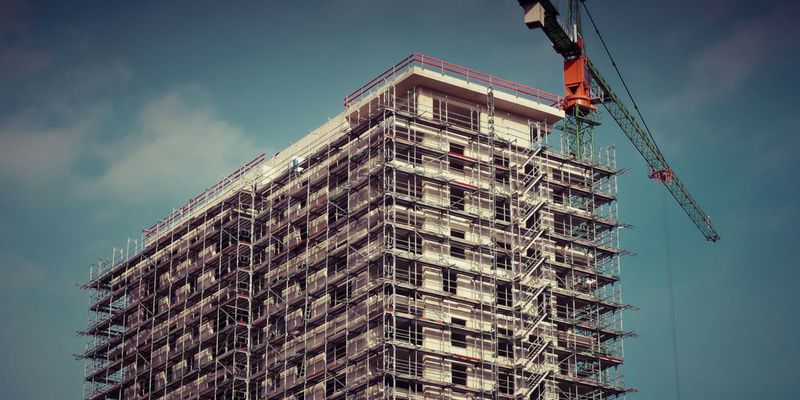Key drivers pushing real estate developers to Tier-II and Tier-III cities after RERA
India’s urban population is on the rise and is expected to reach 850 million by 2050. This has brought about a subsequent increase in the demand for housing, especially in metropolitan cities. Tier-II and Tier-III cities have been branded as the 'new cities in-the-making', due to their high growth potential in terms of availability of land. India is urbanizing at a fast pace and the proportion of urban population to the total population is expected to rise by 40 percent by 2021, according to a recent survey. Developers and builders have shifted their focus and moved to Tier-II and Tier-III cities due to the high growth potential and several other factors.

Lesser land resources available in Tier-I cities
With the rise in urban population, especially in Tier-I cities, there is a higher demand for housing, but fewer options for developers to initiate new projects due to limited resources. For developers and builders, enrolling under the Real Estate (Regulation and Development) Act, 2016 (RERA) and maintaining an escrow account itself is still a struggle. Congestion in metros has pushed people and industries towards Tier-II and Tier-III cities which offer better economic growth potential.
End-users demand, now an integral part of the real estate
With the implementation of RERA, end-users have now become an integral part of real estate compared to investors. The demand for quality real-estate at affordable rates and smaller ticket sizes have led developers to shift their focus to smaller cities. The population in these cities has a high propensity to spend. Thus, many retailers are actively looking beyond the metropolitan cities to explore opportunities offered by a large consumer base elsewhere.
High construction-related costs
Building your dream home this year is 18 percent costlier. Construction costs and the price of other related construction materials have shot up drastically this year. Developers are finding ways to cut costs by turning to technology. Real-estate developers are now investing in plants to manufacture prefabricated walls and ceilings while some of them are bringing in methods to double the pace of construction and reduce cost. However, developers are now shifting their focus to Tier-II and Tier-III cities due to the availability of land and labour at reasonable rates. With lower land costs come affordable rates of residential units and commercial spaces.
Smart City Mission
This is an initiative by the Government of India, launched in 2015, to build sustainable and citizen-friendly cities with an aim to create urban renewal strategies and retrofitting programmes. With the Government identifying 99 smart cities, real-estate developers have shifted their focus to them. Smaller cities are now attractive for real-estate developers to initiate new projects. Smart cities are finding favour with real-estate developers because of lower costs of construction and availability of land resources. Exorbitant property prices due to space crunch in urban centres have also driven developers to these smaller cities.
Declining demand from the end-users
The property prices in metropolitan cities have increased enormously due to which buyers are now looking for affordable housing in smaller cities. The government is also playing a major role in the development of these cities by offering incentives to builders and developers in terms of infrastructure facilities, the creation of SEZs, and building management. For developers, there is a high demand from companies and home-buyers in these cities due to the availability of good infrastructure, more open spaces, and support from the Government. Thus the future of the real estate market is good in Tier-II and Tier-III cities because of factors like availability of properties at reasonable rates, the Government’s positive approach, accessible manpower, and an altered mindset of the new buyer/investor.
Slow growth of real-estate sector market
Large availability of land, comparatively lower cost of construction, affordable property rates, better amenities, and lower cost of living as compared to the Tier-I cities have made Tier-II and Tier-III cities the new settlement hubs. These cities are now booming economies and have the potential for increased growth and capital gains. Stable appreciation of property and promising future returns have made these cities a suitable choice for new buyers. There are plenty of untapped resources in these cities which make it attractive for buyers and developers. With the construction of airports, expressways, and bus corridors, connectivity to Tier-II and Tier-III cities has also improved significantly.
The future of India lies in Tie- II and Tier-III cities, especially after the implementation of the Housing for All Mission by the Central Government. This mission is helping cities expand closer to satellite towns and encouraging more development and planned construction. These areas are now equipped with state-of-the-art technology hubs and business parks and provide better amenities and better-planned development, attracting many prospective buyers.
Anjan Rangaraj is the CEO of Catalyst Properties.
(Disclaimer: The views and opinions expressed in this article are those of the author and do not necessarily reflect the views of YourStory.)






